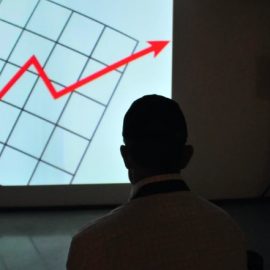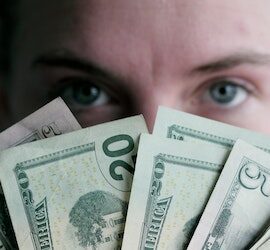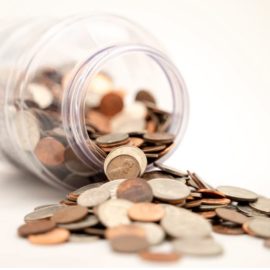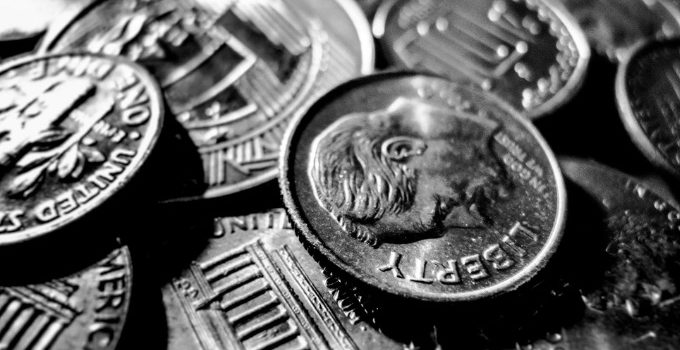
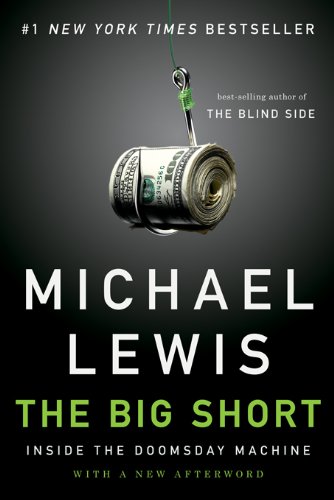
This article is an excerpt from the Shortform summary of "The Big Short" by Michael Lewis. Shortform has the world's best summaries of books you should be reading.
Like this article? Sign up for a free trial here .
Who is Greg Lippmann of The Big Short fame? How was he involved in shorting the housing market leading up to the 2007-2008 financial crisis?
Greg Lippmann is a hedge fund manager and the former head of asset-backed securities trading at Deutsche Bank. He’s known for his involvement in shorting the housing market in the early 2000s.
In the film The Big Short, Ryan Gosling’s character is based on Greg Lippmann. We’ll cover how Greg Lippmann orchestrated much of the activity surrounding shorting the housing market leading up to the 2008 subprime mortgage crisis.
Greg Lippmann: Financial Mercenary
By February 2006, many of the savviest players on Wall Street had their eyes on Dr. Burry’s big bet against the housing market. Other traders were curious why Scion Capital, Burry’s fund, had taken such a dramatic short position against mortgage securities and why Goldman Sachs, in particular, had been so eager to sell him the credit default swaps. What did he know that everyone else didn’t? Greg Lippmann, the head subprime mortgage bond trader at Deutsche Bank, wanted in on the action.
Greg Lippmann was a bond trader with a reputation for being bombastic, crass, and nakedly self-interested. He was known for humble-bragging about how much money he made from his annual bonuses and loudly complaining that he wasn’t being paid enough. Even within the money-obsessed culture of Wall Street, this was beyond-the-pale behavior. Everybody was greedy, but you weren’t supposed to be so transparently greedy.
Although his nominal employer was Deutsche Bank, everyone who met Greg Lippmann saw that he had zero loyalty to the bank or its leadership—he was in it purely for himself. This was also something he refused to disguise about himself, openly remarking, “I don’t have any particular allegiance to Deutsche Bank, I just work here.” But his own comically obvious self-interest also made him a keen observer of everyone else’s selfishness and greed. He saw through the phoniness of Wall Street decorum and noticed that everyone was exactly like him.
Greg Lippmann’s Big Short Proposal
In early 2006, Greg Lippmann went to Steve Eisman’s office with a proposal to bet against the subprime mortgage market. (Lippmann didn’t have the funds to execute the scheme on his own.) Of course, he had simply copied Dr. Michael Burry’s idea, but he presented it to Eisman as his own original strategy.
Greg Lippmann told Eisman that the underlying loans in the bonds would start to go bad even if housing prices didn’t fall—all they needed to do was stop rising. Borrowers would be unable to refinance using their homes as collateral, which would, in turn, trigger a wave of defaults. Lippmann noted that first-year defaults were already up from one percent to four percent. When the low teaser rates expired, that number would shoot up even more. Indeed, by the end of 2005, Lippmann himself had taken a $1 billion big short position against the subprime mortgage bond market.
He also showed Eisman the powerful compelling logic behind the credit default swap bet. You wouldn’t have to pay premium costs for long—most of these nominally 30-year mortgages were really designed to be refinanced and paid off within six years. 30 years became six when low-income Americans couldn’t afford their mortgages after the teaser rate ended and they were forced to refinance. Because the ability to refinance depends on the home’s value, ever-rising home prices meant homeowners would always be able to refinance and borrow more money. If you purchased swaps on $100 million in subprime bonds, your maximum losses would only be the fixed annual premium costs of $2 million per year—$12 million total for six years. But if the default rate rose from 4 to 8 percent, you stood to reap the full face value of the original bond—$100 million. This was how the big short bet would pay off.
Finally, despite his skepticism, Eisman did the trade with Greg Lippmann. The logic was sound. Premiums on even the worst subprime bonds were less than two percent of the face value of the referenced bond per year. This was a minor cost compared to what he would earn when the subprime market imploded, which was a certainty. It was spending $2 million to make $100 million. How could he not seize this opportunity?
Eventually, Greg Lippmann’s “Big Short” scheme had other partners. They all made millions (Eisman reportedly made billions) when the housing bubble collapsed in 2007 and 2008.
———End of Preview———

Like what you just read? Read the rest of the world's best summary of "The Big Short" at Shortform . Learn the book's critical concepts in 20 minutes or less .
Here's what you'll find in our full The Big Short summary :
- How the world's biggest banks contributed to the 2008 financial crisis, greedily and stupidly
- How a group of contrarian traders foresaw the bubble popping, and made millions from their bets
- What we learned from the 2008 crisis - if anything



